You're not a carpenter, but do you enjoy fixing things around the house, doing small DIY projects? If so, you know you need adhesives for all that. I'm sure you'd like an easy-to-use glue that's suitable for wood, but also for all the other materials you might use: paper, plastic, metal, textiles, string. But when you go to DIY stores you discover that there are many different types of adhesives. You look at the labels and see that they are water-based or solvent-based, one-component or two-component, instant or slow-bonding, special low-temperature adhesives or high-elasticity adhesives. How do you know which one is the right one for the job?
Sound familiar? If you've lived it and still haven't figured it out or have some personal projects in the pipeline, the suggestions and explanations below on the most commonly used types of DIY adhesives might be helpful.
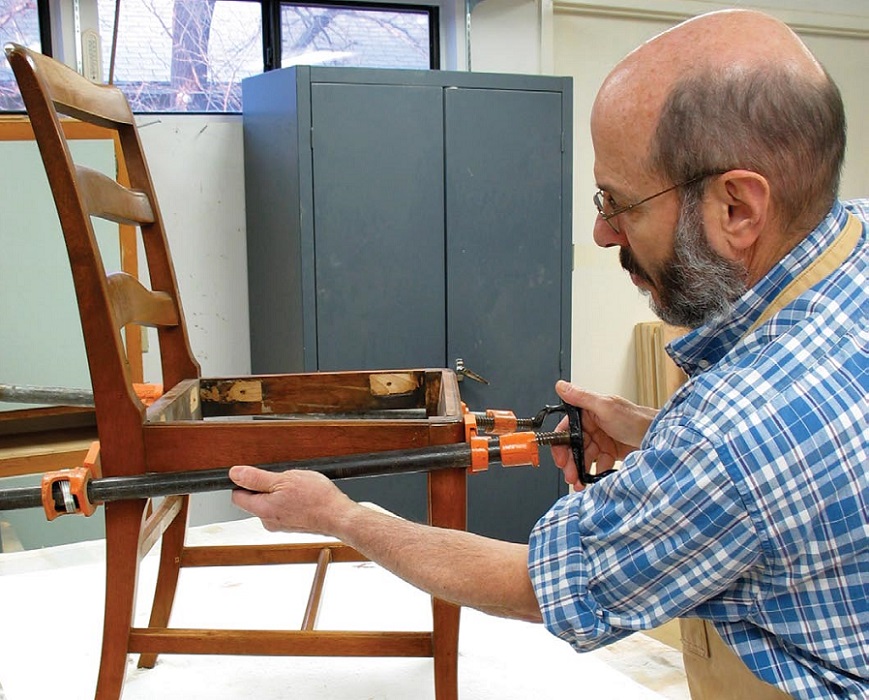
1. Aracet-type adhesives (polyvinyl acetate PVA)
These are wood-specific adhesives and the most widely used DIY adhesives. They are cheap and very suitable for bonding objects used indoors. They have very good adhesive properties, are non-toxic, water-based and can be easily cleaned with water. They can be used for repairing loose veneers, unglued drawers, fixing the legs of chairs that move and creak, or for gluing pieces of wood together.
It is called "aracet type" because aracet is in fact a Romanian brand of adhesive that used to be manufactured in the past. As the substance and the way it works are broadly the same, it is often labeled "tip aracet" to make it simple for those who are used to this type of adhesive.
The adhesive can be applied with a small squeegee, you will better control the amount deposited. After application the parts to be glued should be clamped with clamps because the adhesive needs time to react. It is good to know that the temperature speeds up the reaction and reduces the tack time. After application, the excess adhesive should be wiped off immediately with a cloth because after curing it is more difficult to remove and you will probably need a spackle.
The adhesive is mostly used for objects used indoors. If you want to use it for an object that will stand outside, look for a variety of aracite that is resistant to humidity and high temperature variations. The label should state that it is for outdoors or that it is in class D3 or D4 moisture resistance.
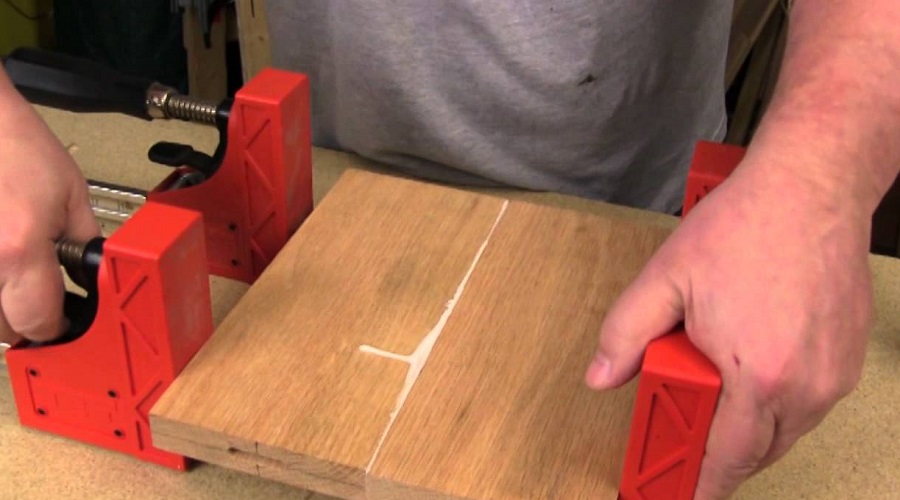
2. Super Glue adhesives (cyanacrylate-based)
I use quotation marks because Super Glue is a brand of glue that has become synonymous with glue that sticks anything very quickly. This type of glue - cyanoacrylates - bonds even very hard surfaces together and the reaction time is very short. They are the best choice for quick and simple repairs or for bonding small parts. After drying, a very strong bond results.
Gloves should be worn when working with such adhesives because the adhesive can even stick fingers together. It reacts quickly and is very difficult to remove from the surface of the hands. It is not soluble in water.
3. Epoxy adhesives
They are two-component adhesives, type A+B, which react after mixing the two components. The reaction is quite slow, and the parts that are being bonded must be held together (clamped with clamps) until the reaction is complete. The end result is a very durable bond. There are versions that can only be used for indoor bonding and versions that can also be used for outdoor bonding.
Epoxy resins used for various spectacular projects have adhesive properties but are not recommended for use as adhesives.
4. Polyurethane adhesives
They are the strongest, most durable and powerful adhesives for wood. They are very versatile and can be used for bonding many types of materials: wood, glass, metal, ceramics, polyurethane foam, textiles, plastic, stone. They resist very well to humidity and are very suitable for indoor use in places with high humidity (bathroom, etc.), kitchen) as well as outside (fences, outdoor tables, pergolasThey are used for gluing solid wood and wood derivatives.
In the case of one-component, non-hardening polyurethane adhesives, moisture is needed to react and produce a very good bond. Moisture is usually taken from the objects being bonded, but because it is not sufficient, it is good practice to moisten the contacting parts before bonding. If by mistake the adhesive has gotten into other areas and needs to be cleaned, use solvent not water. Try to remove it while it is still wet, after it hardens it will be very difficult. After drying it can only be removed by sanding.

5. Hot-melt adhesives
They're the most used adhesives from tutorials. Unlike other adhesives, you need a glue gun to apply them. The adhesive is basically a plastic rod, transparent or opaque, of various colors, which is melted by the very high temperature at the tip of the gun. The liquid plastic is easy to apply because it does not flow continuously but only when heating is activated. By cooling, the adhesive hardens again and the objects to be glued are also held.
It is very suitable for narrow edges, fixed sticking points, hard-to-reach places, sticking many small objects (flowers, stars, bows, buttons, beads). It also bonds wood, but is more suitable for textiles, ceramics, organic materials, paper.
Using such a system involves high temperatures at the tip of the gun to fluidize the adhesive. It must therefore be handled with care and it is advisable to wear high-temperature resistant protective gloves.
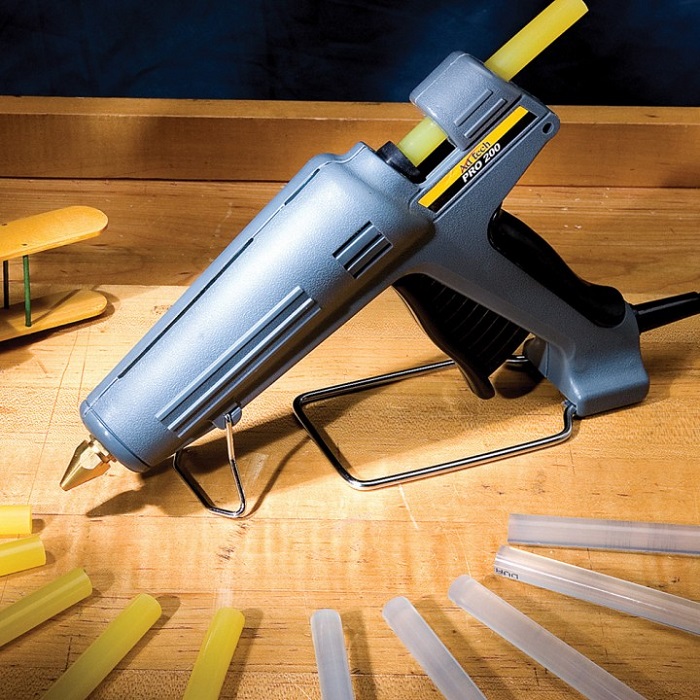
Accessories needed
If you're determined to repair a piece of furniture or preparing for a personal project, glue is not the only material you need. For a smooth process and the best result, don't forget that you also need:
- clamping clips - required when immediate reaction adhesives are not used and the parts must be held in contact until the reaction is complete and the adhesive has dried. In such cases a clamp is not sufficient. You must make sure that the part is bonded as tightly and evenly as possible all over the surface. Buy clamps of several types and sizes. Ask a carpenter and you will find that they are never enough.
- brush, narrow brushes, squeegee or other application devices;
- a sharp chisel or a sharp spatula to remove dried adhesive that has come out;
- coarse and medium sanding paper for removing adhesive residues and smoothing wood
- spray bottles with universal thinner to remove traces of water-insoluble adhesive;
- gloves.
I hope you find the information useful. Good luck!

























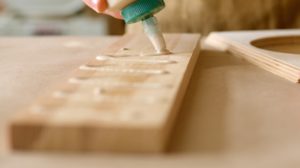



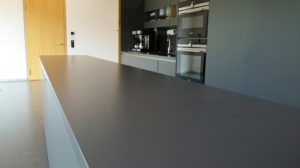






Hello,
Mrs. Mihaela Radu, the undersigned has a passion for wood, especially for furniture restoration.
I appreciate your articles as being to the point, well structured, clear, briefly covering almost the entire issue in the context of the chosen topic.
I didn't check if you wrote about cleaning furniture and other items (e.g. doors, windows, tools, etc.) for refinishing after repairs/interventions.
That's why I propose a topic, close to your training in chemistry, about DECAPPANTS/ METHODS OF CLEANING Varnishes, LACQUERS APPLIED ON WOOD "MOBILE" SURFACES.
I'm interested in the types of strippers, obviously each for paints, varnishes etc.
With kind regards,
arh. Victor Moraru
Hello.
We have also touched on such a topic. You have the link below.
An article just on paint strippers would be interesting.
Thank you.
https://revistadinlemn.ro/2017/09/15/cum-se-curata-stratul-vechi-de-vopsea/
Hello. I want to put pvc panelling in my kitchen. For this I have to mount several wooden slats on concrete and drill about 100 holes with a drill (how many neighbours will swear at me?). What adhesive could I use for gluing wood to concrete?
Hello.
I think it's better to avoid swearing at neighbours. 🙂 You can use all types of adhesives presented in the article, including aracet, to glue wood to concrete, because concrete is a porous material. Wood treads are frequently glued with adhesive to concrete stairs. I recommend using a polyurethane adhesive. This is an adhesive that glues wood to concrete and resists moisture, if the concrete has retained moisture.
All the best!
Don't forget to subscribe to the printed Wood Magazine! For only 58 lei/year you can find out news in the field, discover craft ideas or trade secrets. We remind you that the content in the printed magazine is different from the one on the website. Details in the link below.
Thank you!
https://revistadinlemn.ro/product/abonament-revista-din-lemn/